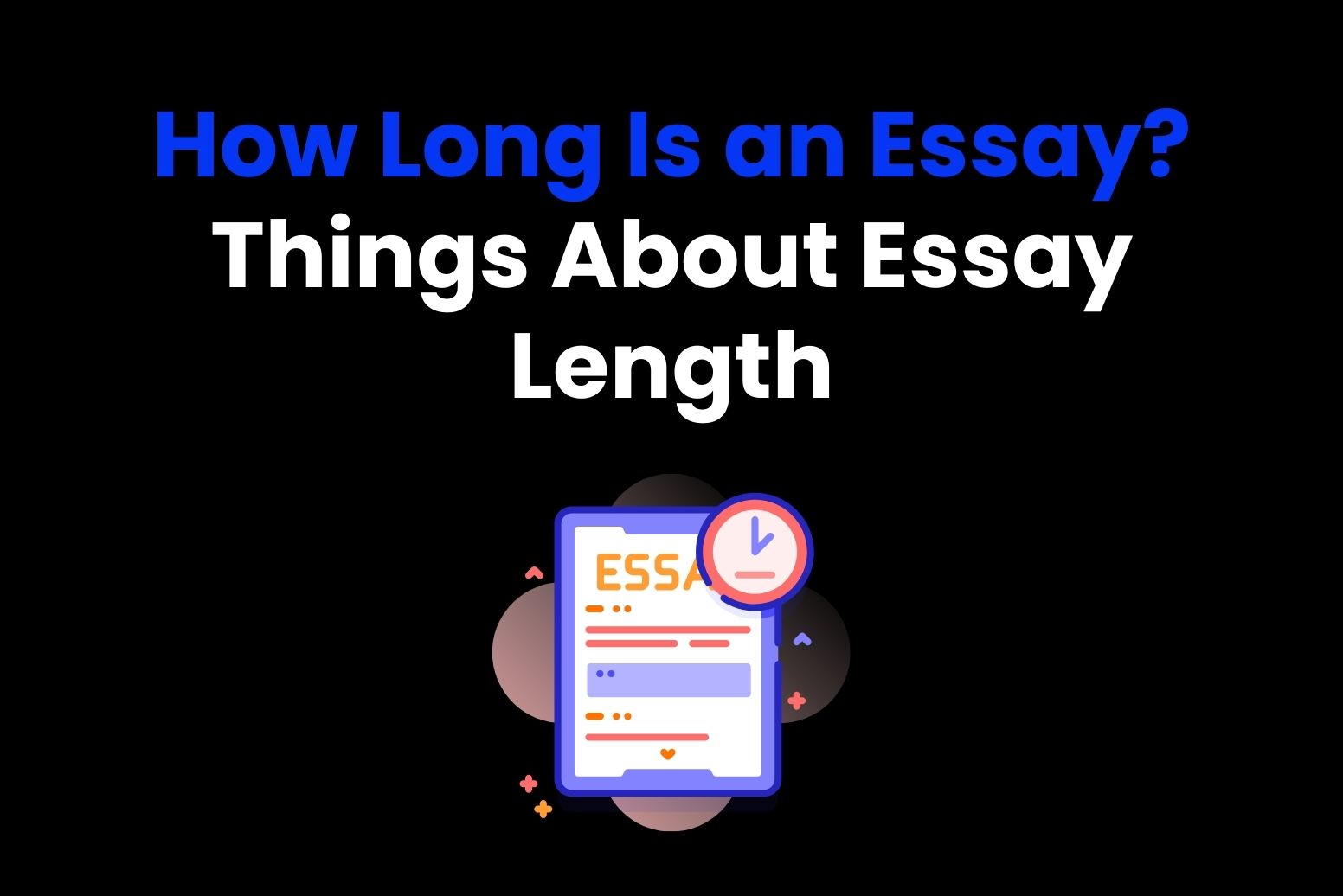If you’re looking to share your ideas or research clearly and professionally, white papers are definitely a great choice. However, getting started can sometimes feel tricky. This is exactly where white paper examples come in handy. Since they can show you how to set up your ideas.
So, it’s okay if you want to prove you’re an expert on what you do. Or you just want to share what you’ve found. Because the thing is that choosing the right format is key.
To begin with, it’s a huge help to keep your message clear and easy to follow. Also, on top of that, it grabs attention making your work super clean.
But wait a second … what if you don’t know how to write a white paper?
Actually, there’s no problem at all. Since here we have your back. We’re going to help you understand what’s a white paper and we’ll give you some examples.

What is a white paper?
A white paper is a highly specialized content format within the realm of content marketing. Unlike more general content types, it goes into deep, thorough research and analysis, offering a professional and technical approach to a specific issue or challenge.
Think of it as a detailed guide or manual, carefully crafted to educate and inform the reader on complex subjects.
To make it super simple, a white paper first addresses a problem.
And all this by giving the exploration of the issue’s causes and impact. Then, it goes above and beyond basic content presenting well-research information to the reader. This, of course, not only understand the problem but also come clean to a solution.
This format is ideal for presenting in-depth technical information that can aid in decision-making, positioning it as a key asset in the content marketing strategy.
While similar in format to an e-book, a white paper stands apart due to its complexity and technical nature.
It typically tackles a particular challenge from an analytical perspective, offering data, research, and actionable insights. Also, keep in mind that the structure is organized and reflects the stages of:
- Problem identification
- Cause analysis
- And solution exploration.
Regarding marketing, white papers are super useful within the sales funnel, particularly for audiences in the later decision-making stages.
Why are white papers examples important?
Well, white papers are a huge deal when it comes to marketing. This is because they give helpful insights that can really influence business decisions. In fact, these in-depth documents do more than just inform—they help build trust, shape how people see your brand, and make you look like a leader in your industry.
So, why are white paper examples so important? Honestly, it’s because they’re great for educating people. To put it simple, they go deep into complex issues and lay out both the problems. But also, the solutions in a way that’s easy to understand.
This kind of detail shows that you really know your stuff. Plus, when you share solid, data-backed info, it can help steer customers toward your product or service.
On top of that, white papers are awesome for generating leads. That’s because they grab the attention of people already looking to solve a problem and ready to buy.
Actually, by offering white paper examples as part of your content, you get people to engage with your brand for valuable info. All in all, this is a perfect way to turn leads into loyal customers. Especially in industries where decisions are based on facts and research.
And here’s another bonus: white papers help boost your SEO. When you put out detailed, keyword-friendly content, you have a better shot at ranking higher on search engines. This, in turn, helps attract more people looking for in-depth info. Plus, long-form content gives you a chance to add internal links, which makes your website stronger and drives more targeted traffic.
White paper examples for different industries
White papers are a super handy tool for businesses in all sorts of industries.
They’re perfect for sharing complex info, showing off your expertise, and helping people make smart choices. In fact, with in-depth analysis, real data, and actionable tips, white papers can really boost a company’s rep, brand awareness, and even its bottom line.

Business white papers examples
Now, let’s take business white papers, for example. Companies love using them to explain big moves, like launching a new product or expanding into a new market. Also, these papers break down:
- Why they’re making the move
- What’s in it for everyone
- And what might go wrong.
Additionally, a tech company might drop a white paper about a new AI tool. Which will explain what it does and how it’s going to make life easier for users. So, you can see how white papers are a great way to get the word out and show you mean business.
Technology white papers examples
Tech companies love using white papers to show off new gadgets or cool tech breakthroughs. By breaking down tricky, complicated ideas into simple, easy-to-understand info, they help customers and partners see the value. Plus, this gets people talking and helps the company stand out as an industry leader.
For example, a healthcare tech company might drop a white paper on how telemedicine is making healthcare easier to access and more effective. As a result, this kind of content can really build buzz and spark interest.
Healthcare white papers examples
Healthcare companies also turn to white papers when they need to address big issues and propose fresh solutions.
These papers cover everything from keeping patients safe to cutting costs and improving care. For instance, a drug company might put out some white paper examples about a new medicine and how it helps treat a disease, backed by solid research to prove it’s the real deal.
In turn, this helps establish trust and authority, making it a powerful tool for engagement and decision-making.
Marketing white papers examples
Marketing agencies use white papers to teach their audience and show they really know what’s up. In fact, these papers can dive into all sorts of stuff, like the latest trends in digital marketing or how to nail a branding strategy. For example, a digital marketing agency might drop a white paper on how well social media ads are working.
By offering easy tips that businesses of any size can use, it helps them stand out and build trust. Ultimately, it’s a great way to prove they’re the real deal and stay ahead of the competition.
White paper examples templates
White papers are a great tool in content marketing. They help you dive deep into a topic, product, or solution and explain it clearly. As a matter of fact, whether you’re using one to get more leads or show you’re the expert, well-done white paper examples can really boost your business.
But how do you get started?
Well, that’s where white paper examples come in. They make it a lot easier and help you keep things professional and on point.
In this guide, we’ll show you why templates are so helpful. Adding to that, we’ll provide some examples to help you create a white paper that grabs attention and delivers results.
Why use a white paper example template?
When you get a white paper template, things get easier. Since they give you a solid starting point.
Due to that, you don’t have to start from scratch. Plus, you can skip stressing about the structure and just dive into what really matters – the content!
And the best part?
Templates usually come with built-in formatting tips, so your document looks sharp without any extra hassle.
Here’s why templates are a lifesaver when creating a white paper:
- Consistency: Templates keep everything neat and tidy, so your ideas flow smoothly, and readers can easily follow along.
- Saves time: With the layout already set up, you can skip the boring formatting and jump straight into the fun part – creating awesome content!
- Professional appeal: A good template gives your paper a clean, organized look, helping you come off as the real deal in front of your audience.
- Guidance: Templates lay out helpful sections and headings, making it way easier to break down complicated info into bite-sized, easy-to-understand chunks.
Types of white paper example templates
White papers can cover various topics and industries, and each type may require a slightly different approach. So, below are a few common white paper example templates tailored to specific purposes:
1. Problem-solution white paper template
Now as the name says, this paper will highlight a problem and then present a solution. Which is pretty straightforward.
Essentially, it’s ideal for businesses that want to demonstrate how their product or service addresses a particular issue.
Key sections:
- Introduction: To begin with, you need to say what the problem is and why does it matter.
- Problem overview: Next, go into the details of the issue with backup data.
- Solution: Then, lay out your proposed solution, highlighting its benefits and why it works.
- Case studies/examples: For more context, include real-world examples that show your solution in action.
- Conclusion: Finally, sum up the key points and suggest what steps to take next.
2. Research-based white paper template
Similar to the one above, a research white paper presents findings and try to find an answer. But, instead, it analyses data in a comprehensive manner. Also, this template is often used by academic institutions, think tanks, or companies conducting market research to inform decisions.
Key sections:
- Abstract: A concise summary of the research and key findings.
- Introduction: Background information on the research topic.
- Methodology: Describe how the research was conducted.
- Findings: Present the research results using data and visual aids like charts or graphs.
- Analysis: Discuss the findings.
- Conclusion: Summarize the research and why it’s important.
3. Product or service white paper template
When launching a new product or service, businesses use white papers to show off what it does. Also, why it’s great, and how it can help.
It grabs attention, builds trust, and positions the company as an industry expert.
Key sections:
- Executive summary: A high-level overview of the product or service.
- Introduction: Provide background on the industry problem or need.
- Product/service description: Explain the features, benefits, and technical aspects.
- Use cases: Here, you’ll show how the product solves real problems.
- Benefits and ROI: Now, you present the key advantages and how much can it return.
- Call to Action: Finally, make the readers take the next step.
How to create your own white paper
At the time of making a white paper, you need to keep in mind that is a great way to show off your knowledge and get leads. However, it’s not as simple as just writing anything.
You need to do some research, write clearly, and stay focused. So, if you want to make your own, here’s a simple plan to help you out.

1. Identify your target audience and topic
First things first, figure out who you’re writing for. Remember that a white paper should solve a problem or answer a question your audience has.
For example, think about what they need help or want to learn. Your goal is to offer real solutions that show you know your stuff.
Next, choose a topic that works for your audience. It should be interesting and relevant, but also specific enough to really dive into. Plus, keep it broad enough that others care, but narrow enough to give a detailed answer.
2. Conduct thorough research
In a similar vein, the research you do is the core of your white paper. So don’t just settle for the first thing you find. However, contrast info and gather some facts.
Begin by reading into reports, or surveys. Also, trustworthy sources that you can rely on.
Next, take your time to ensure everything is up-to-date and relevant. Moreover, if possible, add some of your own research to highlight your company’s unique perspective. Finally, citing well-known sources will also boost your paper’s credibility and make it way more trustworthy.
3. Create a clear structure
A well-organized white paper keeps your readers hooked. First off, it should flow smoothly so they can easily follow along. Here’s a simple structure that works:
- Title page: A catchy title that tells what the paper is about. With that, they know what to expect.
- Abstract/executive summary: Remember that a quick summary of the key points and recommendations is key.
- Introduction: Also, explain the problem or topic and why it matters to the reader.
- Problem statement: Go into detail about the issue and back it up with facts or research. This makes your argument stronger.
- Proposed solutions/analysis: Offer solutions or advice to solve the problem. At this point, readers should see how your ideas can help.
- Conclusion: Summarize the key points and wrap it up. This helps your readers remember the important takeaways.
- Call to Action: Tell the reader what to do next, like contacting you, downloading something, or booking a demo. Finally, give them a clear next step.
4. Use visuals and data
Adding visuals like graphs, charts, or infographics can make your points clearer. They help break up the text and make things easier to understand. Also, they back up your arguments with solid proof.
But, don’t go overboard. Keep your visuals simple and only use them when they really add value. Too many can make it feel cluttered.
5. Edit and proofread
After you’re done writing, go back and clean it up. Editing helps make sure everything flows smoothly. Look for places where you can make things tighter or clearer.
Also, remember to proofread for any typos or mistakes. Additionally, it’s super valuable to have someone else or an AI grammar checker to review it. This way, you’ll catch anything you missed and make sure your white paper looks great!
Simplify white paper writing with the power of Arvin AI
Creating professional white papers has never been easier, thanks to Arvin AI. Whether you need to craft the best white paper example templates from scratch or modify existing ones,
Arvin AI offers the tools to streamline the process. Its advanced features allow you to generate stunning AI-powered visuals, ensuring your white paper is both informative and visually engaging.
Additionally, Arvin AI can translate text, making your content accessible to diverse audiences, and proofread your grammar to ensure every detail is flawless. With Arvin AI, you can confidently produce white papers that captivate readers and elevate your brand’s credibility.

FAQs
How do I choose the right white paper examples?
The best white paper example for you depends on your goals and audience. Look for templates with clean layouts, appropriate visual elements, and sections that align with the type of information you want to present.
Can I use multiple white paper examples for one document?
Yes, combining elements from different white paper examples can help you create a unique and comprehensive document. Just ensure the final version maintains a consistent tone and design throughout.
What types of businesses benefit the most from using white paper examples?
Remember if you’ve got a business and want to share solid info, prove you know your stuff, or help people out, white paper examples are a game-changer. In fact, they’re like your secret weapon for standing out.
Additionally, you’ll find them all over the place. For instance, in tech, finance, healthcare, and marketing. Notably, they’re great for showing off your expertise and giving people tips they can actually use. Plus, they help build trust with your audience. So, if you want to look legit and impress people, white papers are definitely the way to go.






